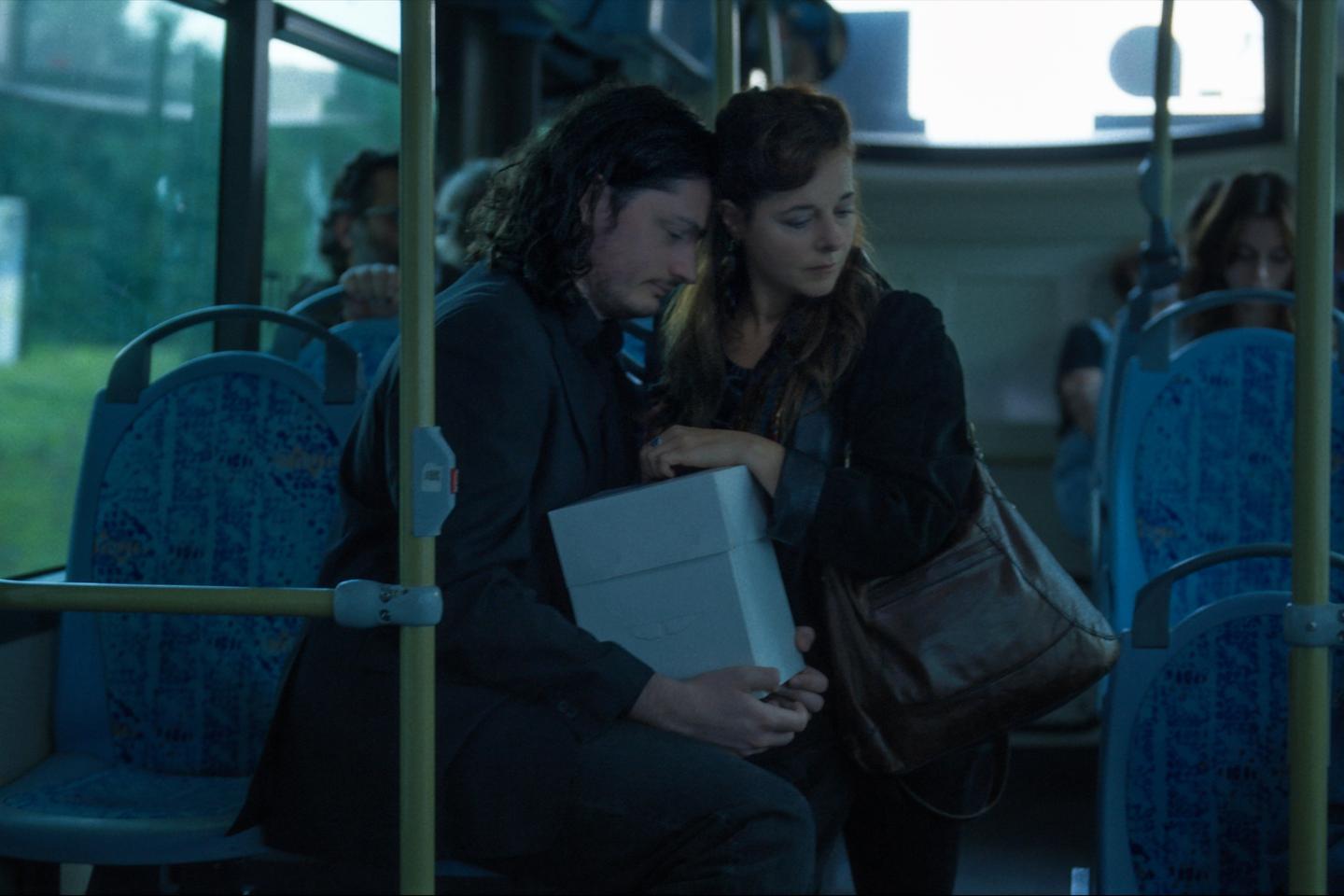

The Renaudot Award rewards Jacarandaby Gaël Faye (Grasset, 282 pages, 20.50 euros, digital 14 euros), announced the jury, on Monday, November 4, from the Parisian restaurant Drouant, following the award-winning Goncourt hoursby Kamel Daoud (Gallimard)
Thirty years after the genocide of the Tutsis in Rwandais a novel that recounts life in the shadow of massacres that is distinguished as such. Jacaranda is the second novel by Gaël Faye, born in 1982 in Burundi to a Rwandan mother and a French father. He has lived in Kigali for ten years. The entry into literature of this slammer, former City of London financier, was more than noted: in 2016, Little Country (Grasset) had won, among others, the Goncourt des lycées, before selling 1.5 million copies, being translated worldwide, adapted into a comic strip, brought to the cinema (by Eric Barbier, in 2020)…
Jacaranda is not a sequence of Little Countrywhich took place in Burundi, neighboring Rwanda, where the young narrator, Gabriel, lived. But he expands it especially by taking on the character of Gabriel’s aunt Eusébie, whose children were killed.. In Jacarandashe had a little girl four years after the genocide, and we see this Stella growing up until 2020, with a mother convinced that she can only do good, since she is a child of the genocide.
Stella is the youngest character in the novel. To the above generation belongs the narrator, Milan, born in France to a French father and a Rwandan mother who is silent about the country and its history. In 1994, he was in sixth grade at Versailles when Rwanda “get inside (its) life through tv »and the scenes of horror absorbed at dinner-time, without a single word being exchanged around the table— “With us, the viewer’s sensitivity was swallowed like a mouthful of silence. Which ended up giving me terrible stomach aches. » Rwanda then faces the bandaged head of Claude, a survivor of his age, whom the family welcomes for a while without explanation.
Speaking engagements
In 1998, his mother took Milan to her country for the first time, where she still escaped her son’s questions while he found Claude. He also meets his grandmother, Eusébie, who has just given birth to Stella, and Rosalie, the little one’s great-grandmother. He discovers the vitality of Kigali and Claude’s gang, which gathers around Sartre, a charismatic man who created a “Palace” for orphans. Milan will return in 2005, to study the work of the gacaca courts of reconciliation and hear the stories of the massacres, then in 2010, where he settles there. We then find him, and the other characters with him, in 2015, then 2020.
You still have 27.73% of this article to read. The rest is reserved for subscribers.






